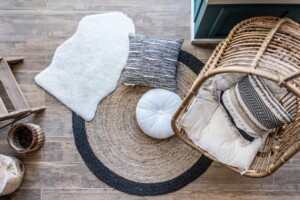Exploring Modular Homes: Affordable, Customizable, and Eco-Friendly
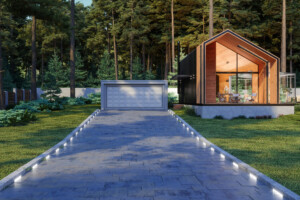
In recent years, the housing industry has witnessed a surge in interest towards innovative and sustainable solutions for affordable living. One such trend that has gained traction is modular homes. These homes, often referred to as “prefab modular homes,” have been praised for their versatility, cost-effectiveness, and environmental friendliness.
In this Redfin article, we will delve into the world of modular homes, exploring what they are, their benefits, and how they contribute to the future of housing. From bustling metropolises like New York City and Los Angeles to suburban areas such as Seattle and Dallas, the demand for innovative and sustainable housing solutions is on the rise. Let’s embark on this journey to uncover the hidden potential of modular homes.
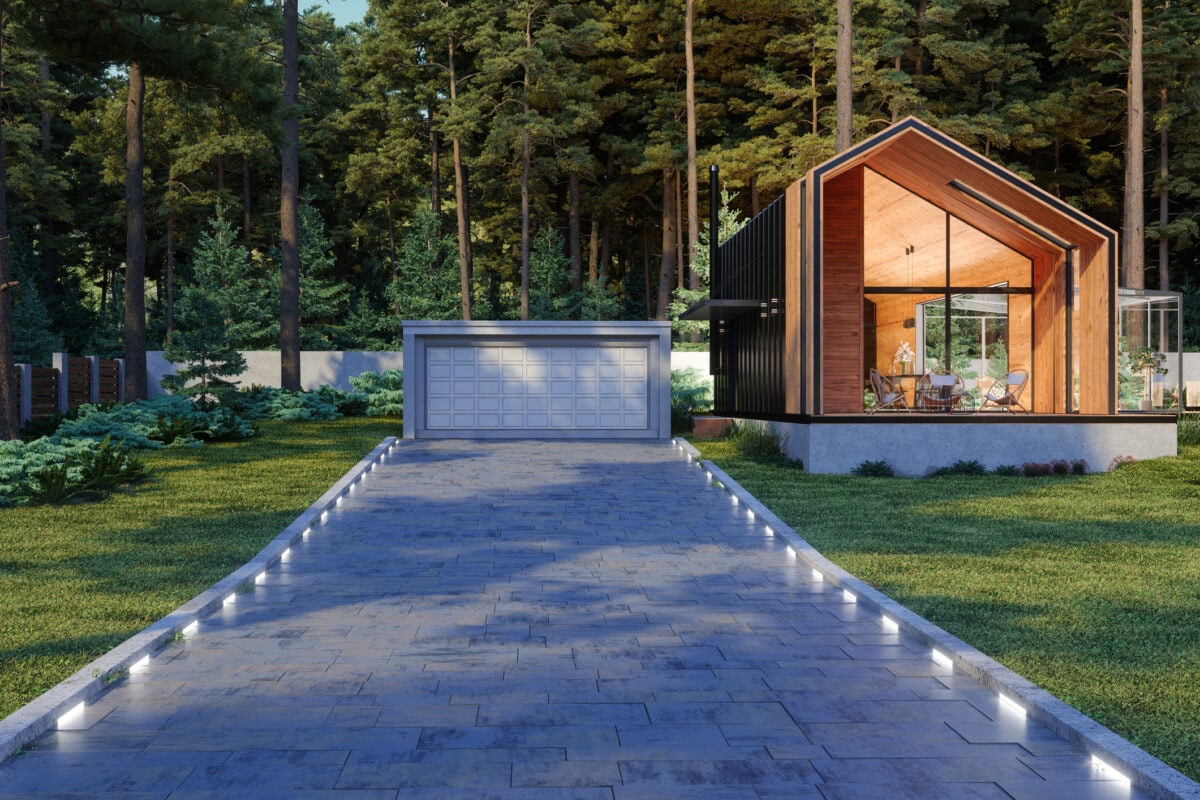
What are modular homes?
Modular homes, also known as prefabricated homes, are structures that are built in sections (modules) at a factory, before being transported and assembled on-site. These modules are constructed in a controlled environment, ensuring precision and quality, and then transported to the building site, where they are pieced together like building blocks to form the final dwelling.
These homes can vary greatly in size and style, ranging from single-story bungalows to multi-story houses with unique architectural designs. The ability to customize the layout and aesthetics makes them an attractive option for homebuyers seeking personalization within their budget.
Types of modular homes
Single-section homes
Also known as “single-wide” homes, these are the simplest and most compact modular homes available. They consist of a single unit and are well-suited for individuals or small families with limited space requirements.
Multi-section homes
Multi-section homes, often referred to as “double-wides” or “triple-wides,” are larger than single-section homes. They are constructed in multiple sections and are joined together during on-site assembly. Multi-section homes offer more spacious living areas and can accommodate larger families.
Custom modular homes
Custom modular homes are tailored to the specific needs and preferences of the homeowner. From unique floor plans to high-end finishes and custom architectural features, these homes offer endless possibilities for personalization.
Panelized homes
Panelized homes fall under the broader category of modular construction. They are built in panels, such as walls and roof sections, which are assembled on-site to create the entire home. Panelized construction allows for more flexibility in design and can cater to complex architectural styles.
Prefab accessory dwelling units (ADUs)
Prefab ADUs are smaller modular homes designed to serve as secondary dwelling units on an existing property. They are an ideal solution for homeowners looking to create rental income, house elderly family members, or have a private home office space.
The Advantages of Modular Homes
Cost-effectiveness: One of the primary advantages of modular homes is their cost-effectiveness. Compared to traditional stick-built homes, modular homes often come at a lower price point due to the economies of scale achieved through factory construction and reduced labor costs.
Reduced construction time: Since most of the construction occurs in a factory setting, the overall building process is significantly faster than conventional methods. On-site assembly usually takes only a few weeks, cutting down on construction time and saving both money and resources.
Quality and durability: Factory construction ensures a higher level of quality control. These homes are engineered to withstand transportation stresses and must adhere to strict building codes and standards. As a result, modular homes often exhibit greater durability and structural integrity.
Eco-friendly: Prefab modular homes are built with sustainability in mind. The controlled manufacturing environment reduces waste and energy consumption. Additionally, some manufacturers use eco-friendly materials and offer energy-efficient options for appliances and insulation, making them an environmentally responsible housing choice.
Customization: Modular homes offer a surprising degree of customization. Homebuyers can choose from various floor plans, finishes, fixtures, and architectural styles to create a home that suits their preferences and lifestyle perfectly.
Flexibility and expandability: Another attractive feature of modular homes is their flexibility. They can easily be expanded in the future by adding additional modules or reconfiguring the existing space, providing homeowners with the option to accommodate their evolving needs.
“When exploring modular homes, consider the benefits they offer, such as rapid construction, customization options, and sustainability,” insists smart house builder DEEPBLUE. “Embrace the flexibility of modular design to create a living space that perfectly suits your preferences and lifestyle. By prioritizing your needs and carefully considering the layout, finishes, and features, you can make the most of the advantages modular homes provide, ensuring an efficient and enjoyable living experience.”
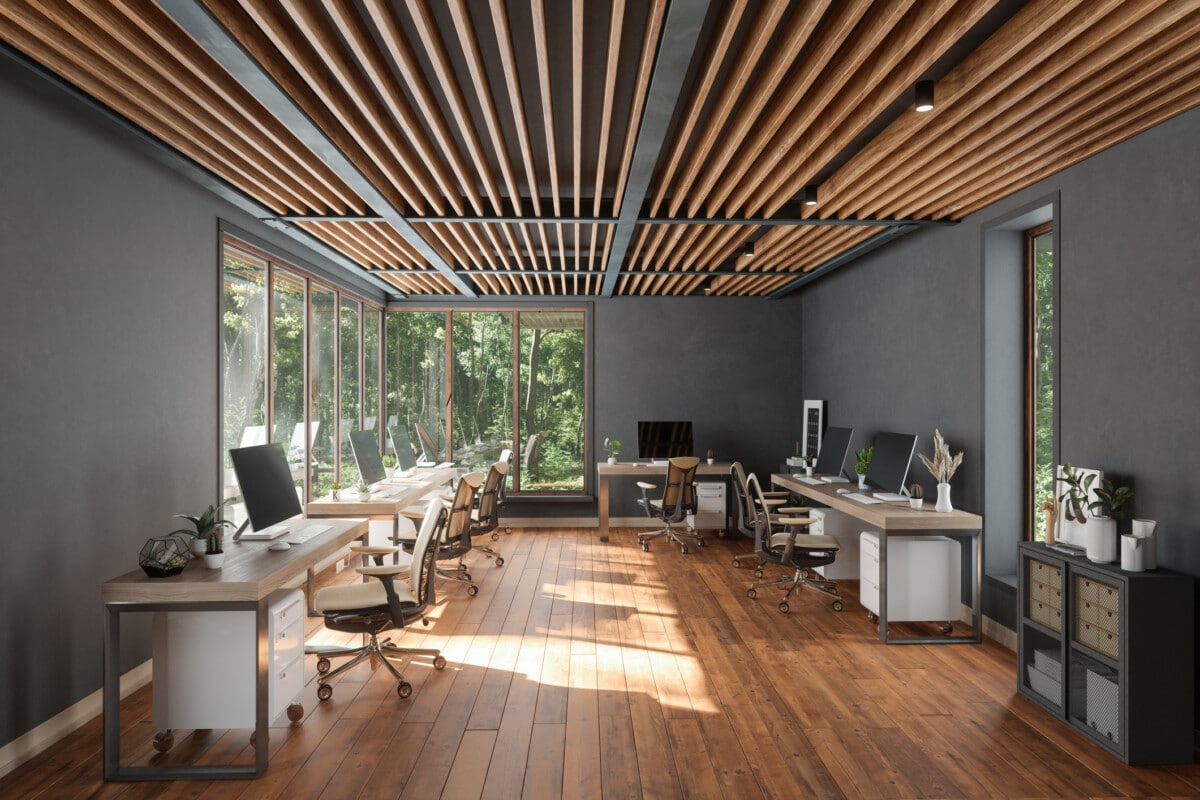
Prefab modular homes: the process
The construction process of prefab modular homes is an intricate combination of advanced technology, skilled labor, and creative design. Here is a step-by-step overview of how these homes are built:
Design and planning: The process begins with the design phase, where the homebuyer collaborates with architects and designers to create a customized floor plan and select the desired features and finishes. The design is then translated into a detailed plan for factory construction.
“When considering modular or prefab homes, it’s best to think modular from day one,” mentions Built Prefab. “Avoid designing a traditional home with hopes of adapting it for modular construction. Engage industry experts early on to ensure a smoother and more successful project. Planning with a modular mindset from the beginning will save time, resources, and potential headaches, leading to a seamless and efficient homebuilding experience.”
Factory construction: In a climate-controlled factory, skilled workers assemble the modules. Advanced machinery and techniques are used to ensure precision and quality during each stage of construction, from framing and insulation to plumbing and electrical work.
Transportation and assembly: Once the modules are complete, they are carefully transported to the building site using specialized trucks. On-site, a crane is employed to lift and place the modules onto the foundation. The modules are then fastened together, and the home’s final touches are completed.
Finishing touches: After the modules are assembled, the finishing touches are added, including interior and exterior trim work, painting, flooring, and installation of fixtures and appliances.
Inspection and certification: Before the home is handed over to the homebuyer, it undergoes a rigorous inspection process to ensure compliance with local building codes and safety standards. Once approved, the home is ready for occupancy.
“Modular construction offers a fast and customizable way to build your dream home,” shares Affinity Modular Homes. “Adhering to state and local codes, including high wind requirements, modular homes can be placed almost anywhere. With minimal on-site hassles, homeowners can actively participate in the construction process. These homes arrive at the property 85%-90% complete, and you can choose floor plans and special options for a custom touch. Enjoy the benefits of moving into your perfect home within approximately 6 months from start to finish.”
Selecting the perfect location for your modular home
When building a modular home, choosing the right location is paramount to ensure it aligns with your lifestyle and preferences. Consider proximity to amenities like grocery stores, healthcare, schools, and recreational areas to enhance daily life. Evaluate transportation options for easy commuting and access to nearby regions. Examine natural surroundings for a peaceful living environment. Research local regulations to ensure the site is suitable, and look into potential future developments to gauge their impact. By considering these factors, you can find the perfect location that complements your modular home design and enriches your overall living experience.
“When selecting the ideal location for your modular home, consider the benefits of building on vacant land, as it provides customization options, cost savings, and the freedom to choose the perfect spot,” notes Discount Lots. “To make an informed decision, weigh the pros and cons between raw land and developed lots, considering factors like cost, infrastructure, customization possibilities, and potential limitations. By carefully evaluating these aspects, you can ensure your modular home fits seamlessly into your desired location and meets your lifestyle preferences.”
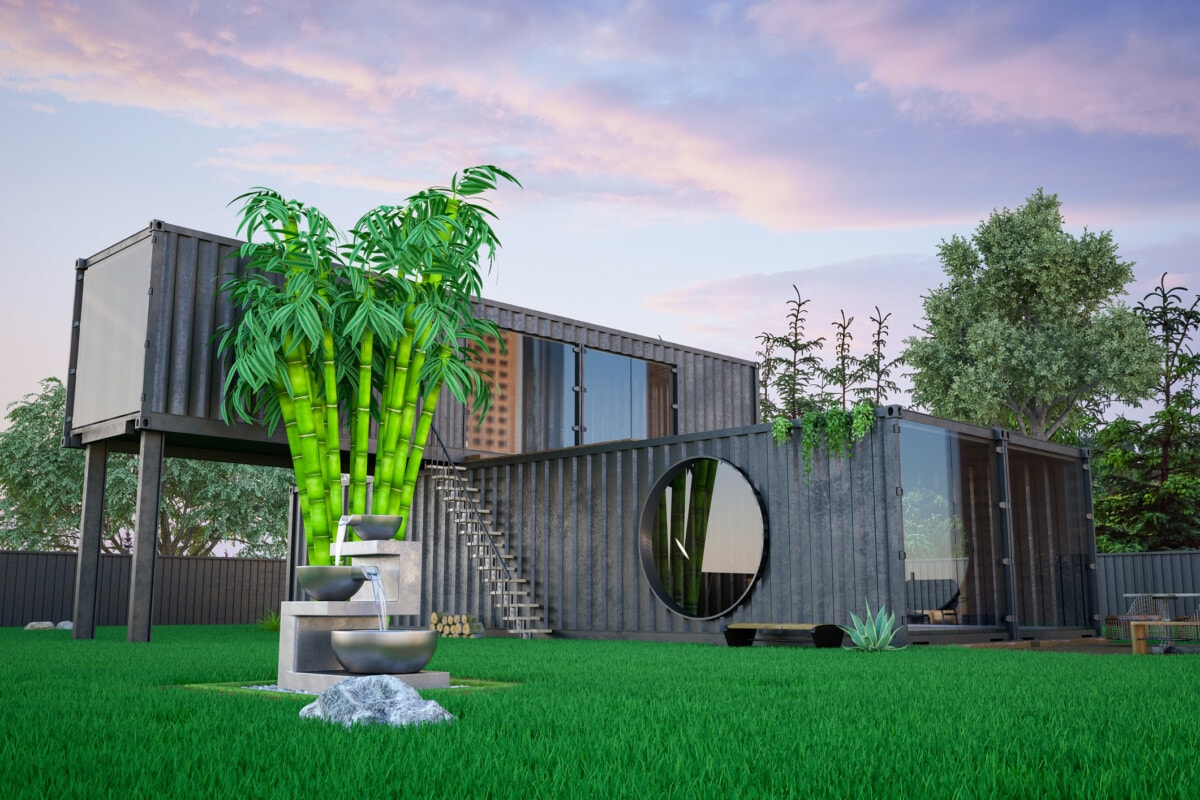
The future of modular homes
As the demand for sustainable and affordable housing grows, modular homes are expected to play a significant role in the future of the housing industry. Several factors contribute to this projection. Continued advancements in construction technology, including 3D printing and robotics, are likely to enhance the efficiency and precision of modular home manufacturing. With an increasing focus on environmental conservation, modular home manufacturers are likely to adopt even more eco-friendly construction materials and practices, further reducing the carbon footprint of these homes.
Moreover, modular homes are no longer limited to simple designs, as architectural firms are exploring creative and stylish options, allowing homeowners to enjoy unique and aesthetically appealing living spaces. Additionally, in regions facing housing shortages, modular homes offer a viable solution to quickly provide affordable and high-quality housing for a growing population. The combination of these factors positions modular homes as a sustainable, innovative, and practical choice for meeting the housing needs of the future.
The post Exploring Modular Homes: Affordable, Customizable, and Eco-Friendly appeared first on Redfin | Real Estate Tips for Home Buying, Selling & More.




